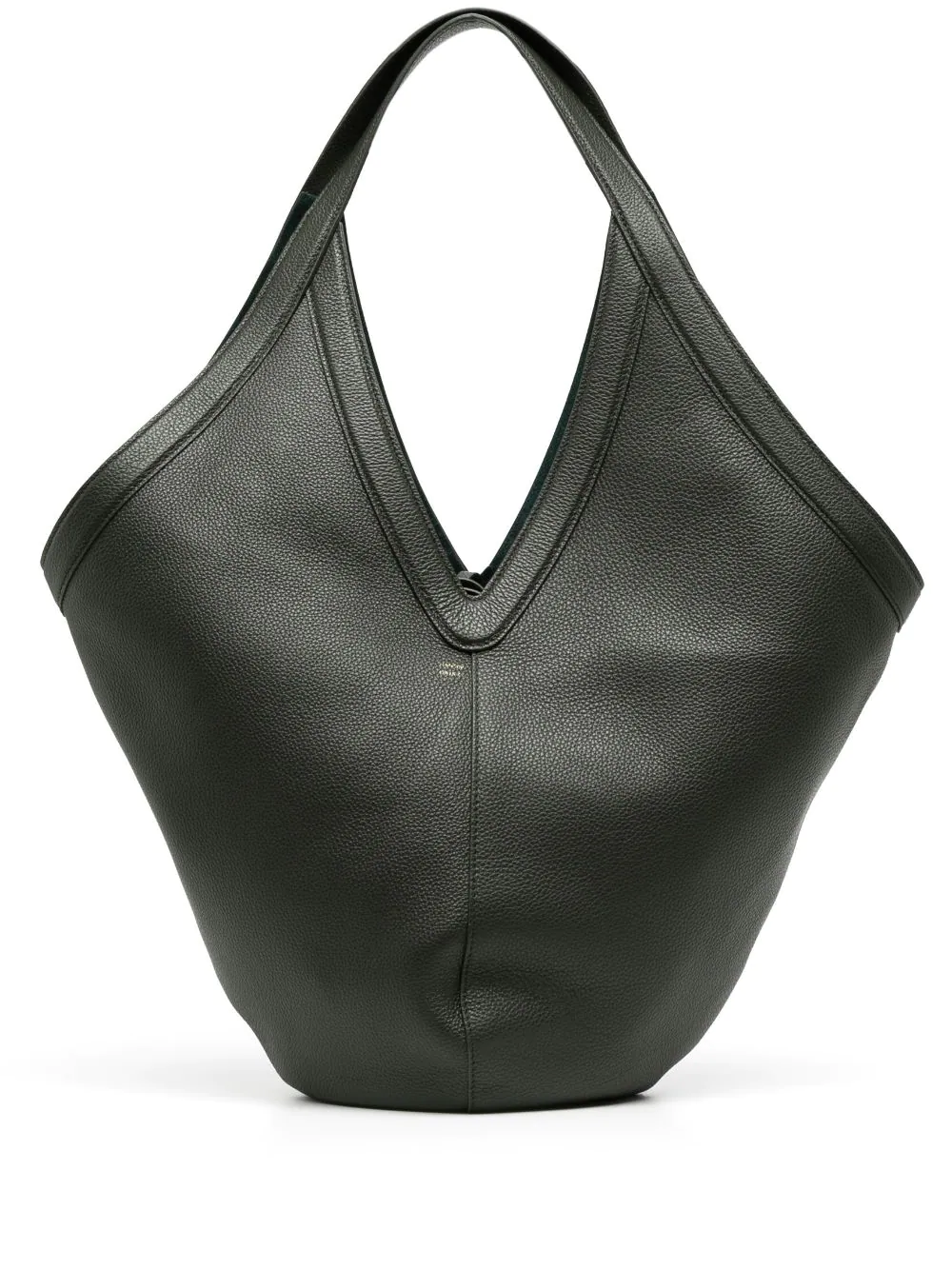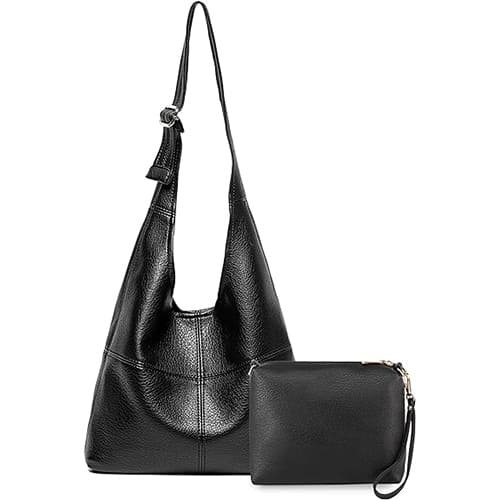Nubuck is a top-grain leather sanded on the outer surface to create a soft, velvet-like feel. It’s prized for its durability and breathability.
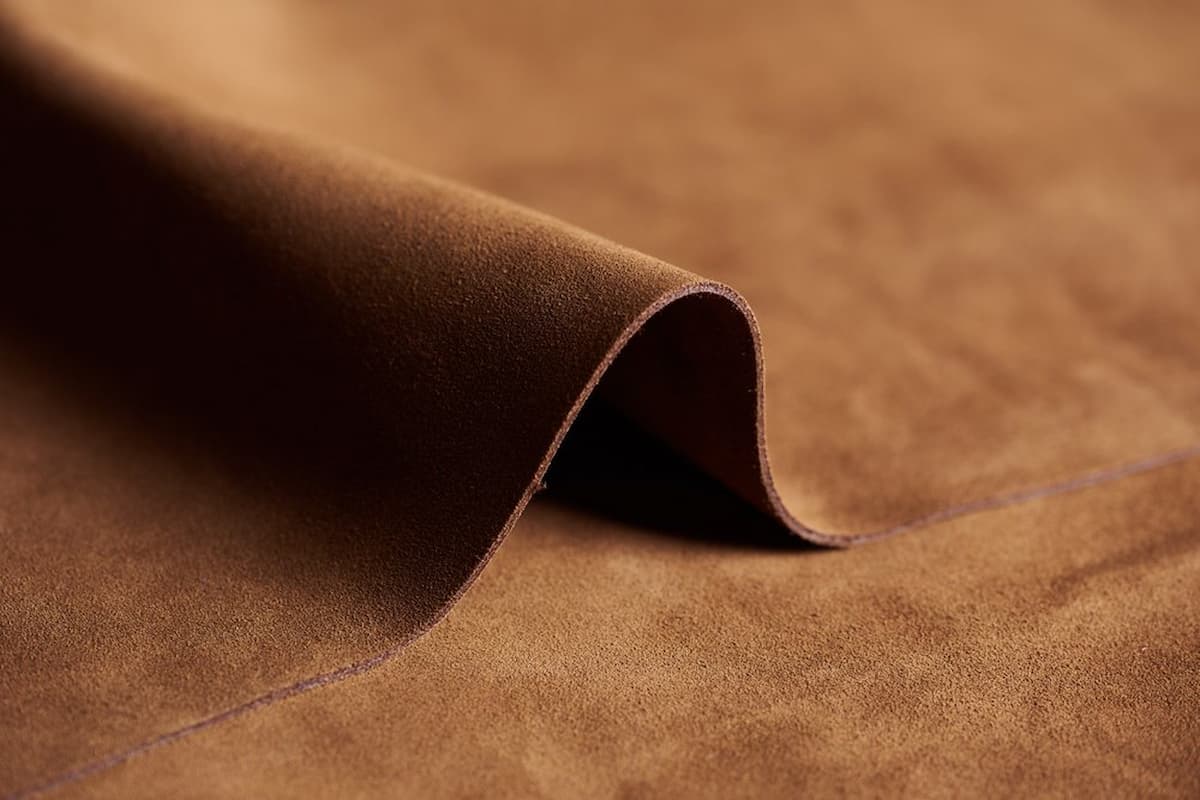
Table of Contents
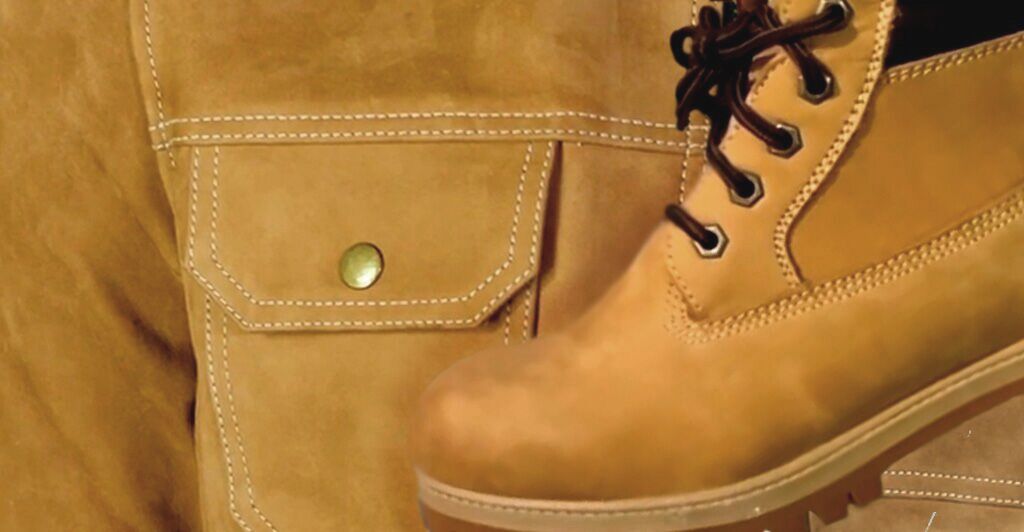
- Understanding Nubuck: The Velvet-Like Leather
- The Art of Making Nubuck Leather
- What are the Key Characteristics of Nubuck?
- Nubuck vs. Suede: What’s the Real Difference?
- Common Applications: Where is Nubuck Leather Used?
- Maintaining the Beauty of Nubuck: A Care Regimen
- Is Nubuck a Good Choice for You? Pros and Cons
Understanding Nubuck: The Velvet-Like Leather
Nubuck is a type of high-quality leather celebrated for its exceptionally soft, velvety surface. It is not a synthetic material; it is genuine leather, specifically top-grain cattle hide. The name “nubuck” is thought to derive from the process of creating a new style of buckskin, hence “new buck.” Unlike other leathers that are prized for a smooth, polished surface, nubuck’s appeal lies in its unique napped texture, which is both visually appealing and pleasant to the touch.
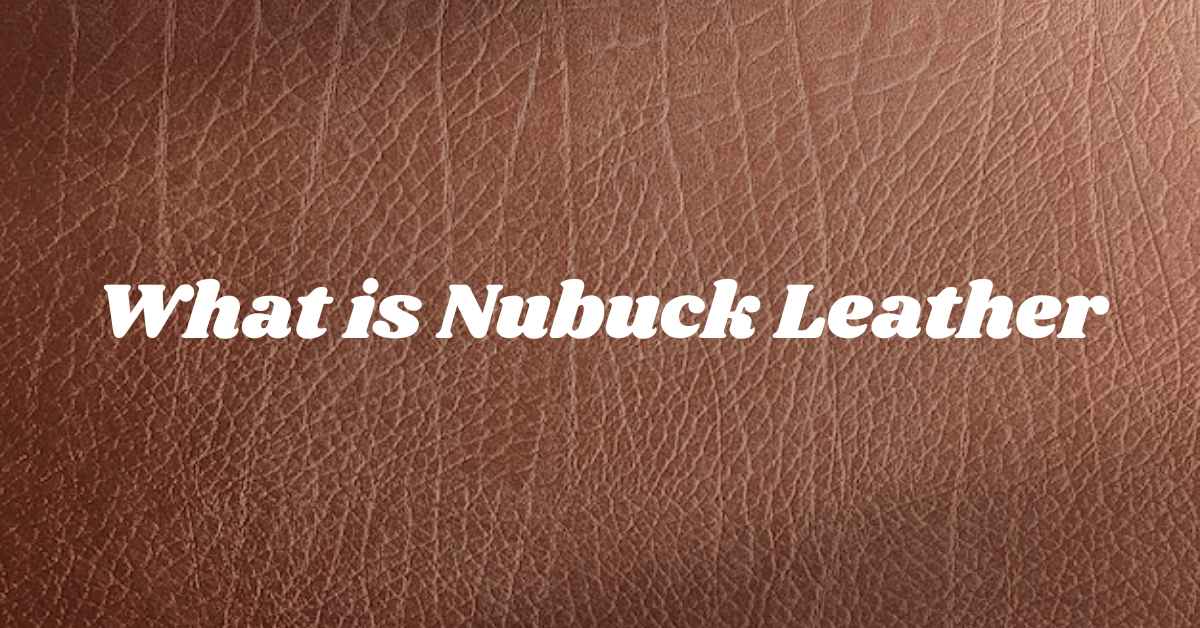
This material strikes a unique balance between luxurious softness and rugged durability. Because it is crafted from the outer layer of the hide, it inherits much of the strength and resilience of the original material. This makes it a popular choice for items that require both comfort and longevity. Its distinct finish sets it apart from both shiny patent leathers and the more rugged, unfinished hides, occupying a unique space in the world of premium textiles.
The Art of Making Nubuck Leather
The creation of nubuck is a meticulous process that transforms durable top-grain leather into a delicate, soft material. It requires precision and expertise to achieve the desired finish without compromising the integrity of the hide.
From Top-Grain to a Napped Finish: The Process
The journey begins with a high-quality top-grain hide. This is the outermost layer of the animal’s skin, which is the strongest and most durable part. Imperfections and blemishes on the surface are common, which is why only select hides are suitable for becoming nubuck. The hide is first tanned to preserve it and prevent decay.
Next, the critical step occurs: the grain side (the outer surface) of the leather is carefully sanded or buffed with a fine-grit wheel. This gentle abrasion raises a nap of short protein fibers, creating the signature velvety texture. The process must be done with extreme care, as over-sanding can weaken the leather. After buffing, the leather is often dyed to achieve a wide range of colors. The porous nature of the napped surface allows it to absorb dye deeply, resulting in rich, vibrant hues.
Why is the Grain Side Buffed?
Buffing the grain side is what fundamentally defines nubuck. This process is done for two main reasons. First, it creates the desirable tactile and aesthetic qualities—the softness and matte finish that consumers love. Second, it can be used to mask minor imperfections, such as insect bites or scars, on the surface of the hide. By buffing these away, manufacturers can utilize high-quality top-grain leather that might otherwise be discarded, turning it into a premium product.
What are the Key Characteristics of Nubuck?
Nubuck possesses a distinct set of properties that make it a sought-after material for a variety of products. Understanding these traits helps in appreciating its value and knowing how to properly care for it.
A Delicate Touch: The Signature Texture
The most defining feature of nubuck is its texture. The short, fine fibers created during the sanding process give it a feel that is often compared to velvet or silk. Unlike suede, whose nap is shaggier, nubuck’s nap is very short and fine, giving it a more refined and luxurious feel. This softness makes it exceptionally comfortable against the skin.
Strength and Durability
Since nubuck is made from top-grain leather, it retains much of the original hide’s strength. It is far more durable and resistant to wear and tear than suede. Much like the robust full-grain leathers celebrated at Beldtura for their ability to develop a rich patina over time, nubuck’s foundation in top-grain hide gives it significant resilience. While the surface is delicate, the underlying structure is tough, making it suitable for items like footwear and furniture that see regular use.
Breathability and Comfort
Like most genuine leathers, nubuck is highly breathable. The porous nature of the napped surface allows air to circulate freely, which helps regulate temperature and prevent moisture buildup. This characteristic makes it an excellent choice for shoe uppers and clothing, providing a level of comfort that synthetic materials often fail to match.
Vulnerability to Stains and Water
The primary drawback of nubuck is its absorbent nature. The fine, open nap can easily soak up liquids, oil, and dirt, leading to stains that can be difficult to remove. Water will darken the color of nubuck, and while it may dry to its original shade, repeated exposure can lead to stiffness or permanent water spots. For this reason, nubuck products often require a protective spray and diligent care.
Nubuck vs. Suede: What’s the Real Difference?
Nubuck and suede are often confused due to their similar soft, napped finishes, but they are fundamentally different types of leather. The primary distinction lies in which part of the animal hide is used and how it is treated.
Nubuck is created by sanding the outer side (grain side) of the hide. This is the tougher, more durable part of the skin. In contrast, suede is made from the inner side (flesh side) of the hide, often from a split leather where the top grain has been removed. This makes suede softer and more pliable but also significantly less durable than nubuck. The fibers of nubuck are shorter and denser, giving it a finer nap, whereas suede’s nap is longer and more “fuzzy.”
Here is a simple breakdown of their differences:
| Feature | Nubuck | Suede |
|---|---|---|
| Origin (Hide Layer) | Outer (Top-Grain) | Inner (Split) |
| Durability | High | Moderate |
| Texture | Fine, velvety nap | Longer, shaggier nap |
| Resistance to Stains | Low | Very Low |
| Cost | Generally higher | Generally lower |
| Feel | Silky and soft | Spongy and soft |
Common Applications: Where is Nubuck Leather Used?
Thanks to its unique combination of softness, durability, and breathability, nubuck is utilized in a wide range of high-end products. Its luxurious feel makes it a preferred material where comfort and style are paramount.
One of the most popular uses for nubuck is in footwear. It is commonly found in high-quality boots, casual shoes, and sneakers. The material’s breathability ensures comfort, while its durability can withstand the rigors of regular wear, provided it is properly cared for. The iconic yellow work boot is a classic example of nubuck’s application in rugged yet stylish footwear. Additionally, it is used for apparel like jackets and gloves, offering a sophisticated look combined with a soft touch. In the world of accessories, you can find premium bags, wallets, and belts made from nubuck. It is also a popular choice for upholstery on high-end furniture, such as sofas and armchairs, where it provides a plush and inviting surface.
Maintaining the Beauty of Nubuck: A Care Regimen
Proper care is essential to preserve the appearance and longevity of nubuck leather. Due to its absorbent surface, a proactive approach to cleaning and protection is necessary.
Preventative Protection
The most important step in nubuck care is prevention. Before using a new nubuck item, treat it with a high-quality protective spray specifically designed for nubuck or suede. This spray creates an invisible barrier that helps repel water and prevent stains from setting in. Reapply this protective coating every few months, or more frequently if the item is exposed to harsh weather.
Routine Cleaning
For regular maintenance, use a soft nubuck brush or cloth to gently remove loose dirt and dust. Brushing helps restore the nap and keep the material looking fresh. Always brush in one direction to maintain a uniform appearance. A specialized nubuck cleaning block, which works like a pencil eraser, can be effective for removing minor scuffs and shiny spots.
Tackling Stains and Scuffs
For wet stains, blot the area immediately with a clean, dry cloth. Do not rub, as this can push the stain deeper into the fibers. For dried stains, use a nubuck brush and cleaner. Apply the cleaner according to the product’s instructions, typically using a brush to gently lift the stain. For oily or greasy spots, applying cornstarch or talcum powder can help absorb the oil before you attempt to brush it away. For severe stains, it is best to consult a professional leather cleaning specialist.
Is Nubuck a Good Choice for You? Pros and Cons
Deciding whether nubuck is the right material depends on your lifestyle, aesthetic preferences, and willingness to perform regular maintenance. Its unique qualities present both advantages and disadvantages.
On the one hand, nubuck offers a level of refined luxury that few materials can match. Its soft, velvety hand-feel is incredibly appealing, and its top-grain origins ensure it is a durable, long-lasting product. It is also more breathable than many other types of leather, making it comfortable for clothing and shoes. However, its Achilles’ heel is its susceptibility to staining and water damage. It is a high-maintenance material that requires diligent care and is not well-suited for rugged, all-weather use without proper treatment. While it is more durable than suede, it is more delicate than smooth, finished leathers like the full-grain options often used in Beldtura’s heritage-quality goods.
| Pros | Cons |
|---|---|
| Luxurious, velvety feel | Prone to staining and water spots |
| Highly durable and strong | Requires regular maintenance and cleaning |
| Very breathable and comfortable | Can scuff and scratch easily |
| Aesthetically pleasing matte finish | More expensive than suede |
| Resistant to wear and tear | Color can fade with sun exposure |


